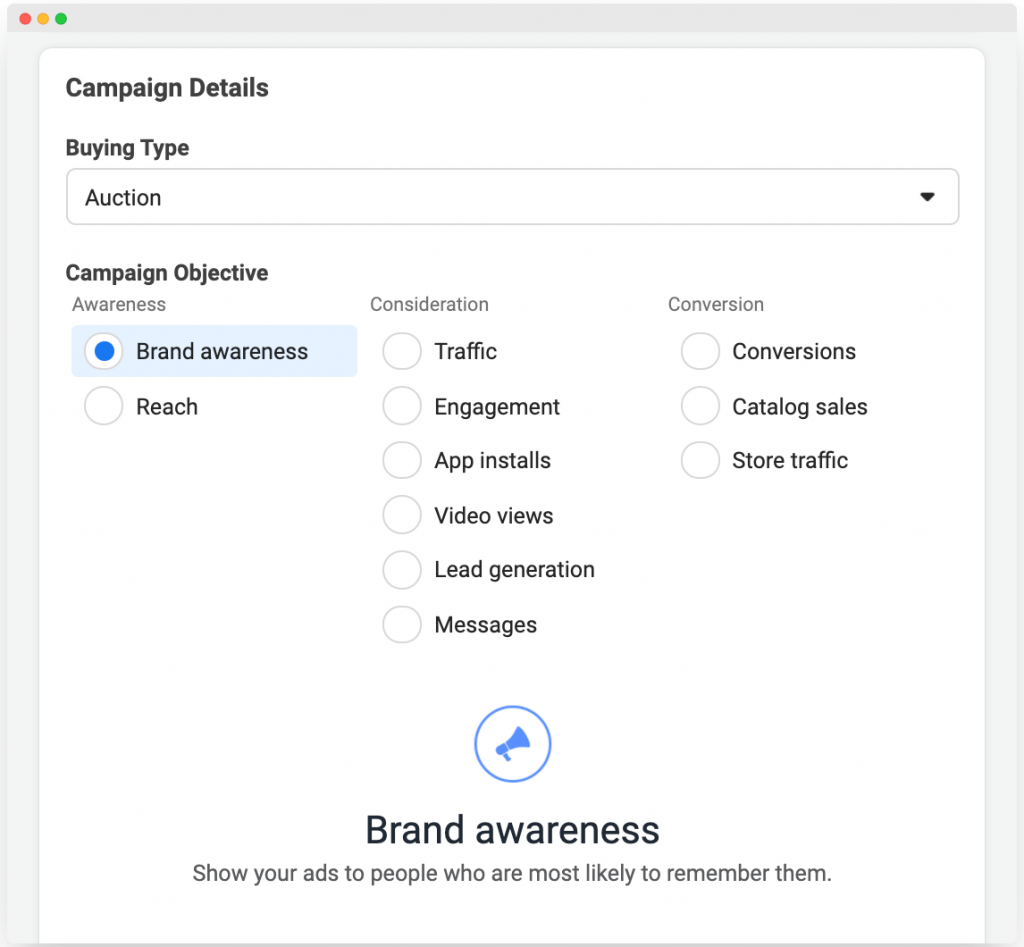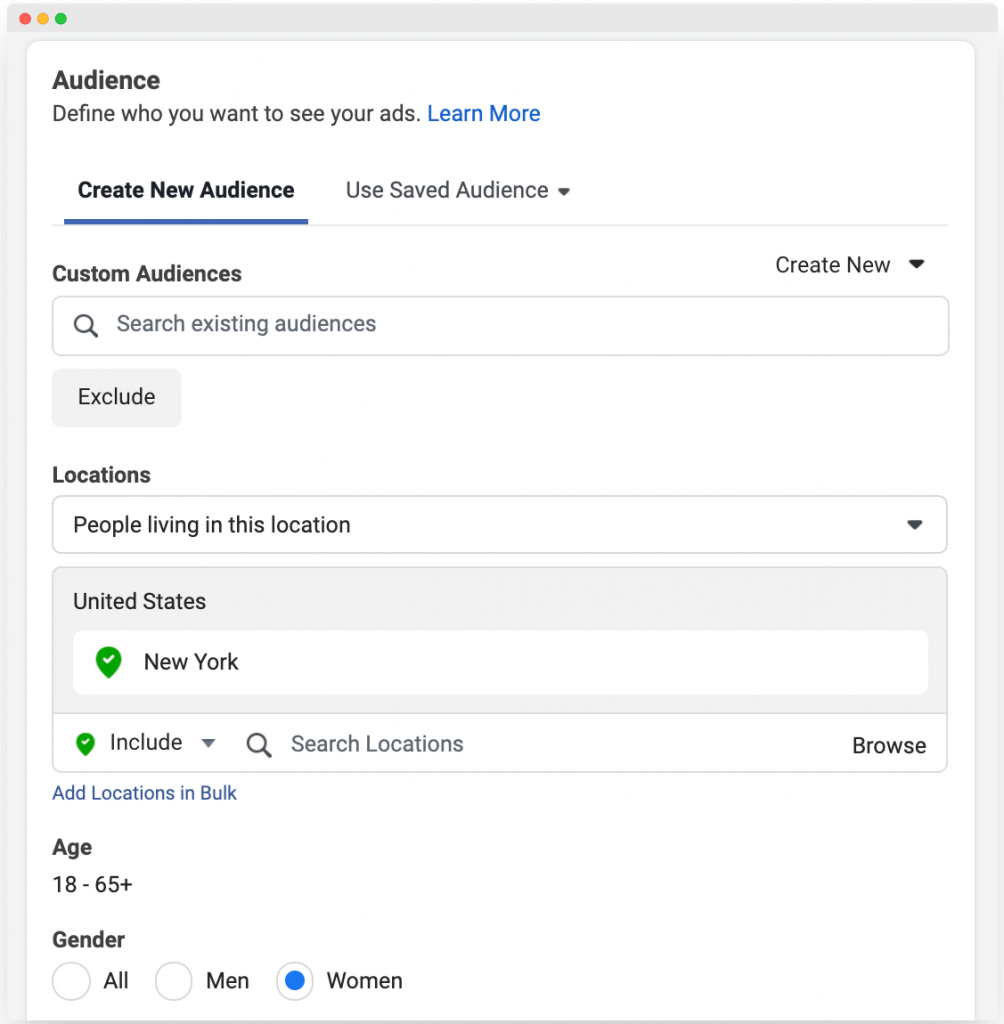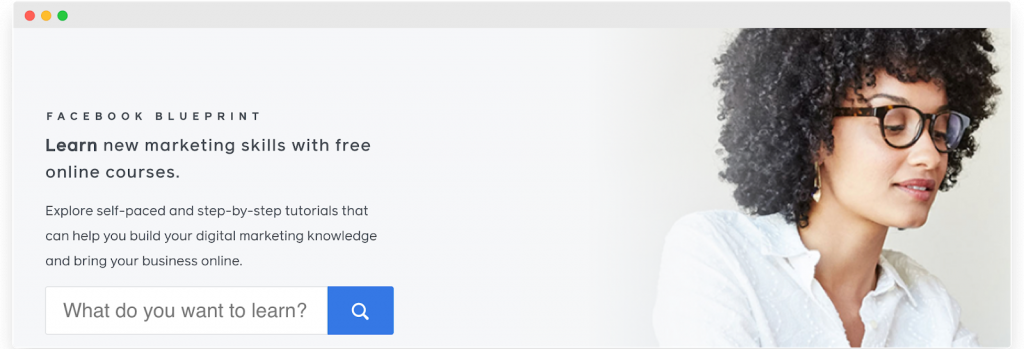Are you in the business of helping people grow their own brand? If yes, then you should consider learning how to run Facebook ads for clients.
Advertising on Facebook is a great way to increase brand awareness, get more leads, and convert visitors into customers. Not to mention, it’s profitable for both you and your client. (You can earn as much as $1,000 to $3,000 for managing FB ads. Meanwhile, a business can generate as high as 1350% ROI or more like I did. But that’s a topic for another day!)
If you haven’t tried running FB ads before, use this simple Facebook ads tutorial as a guide. Here, you’ll learn:
- Basic Facebook ad concepts
- The steps to run Facebook ads
- Finding your first client
- Things to discuss with your client before running ads
Let’s get to it. Keep reading.
Essential Facebook Ad Concepts to Learn
If you’re just getting started with the Facebook advertising platform, here are key terms you need to know.
Facebook Ads Manager
This tool that lets you create, run, edit, and track the performance of your client’s Facebook ads.
Pixel
The Facebook pixel is a piece of code that you install on your client’s website pages. It tracks the conversions on those pages so that you can create a Custom Audience to retarget ads to. (Note: Due to the new iOS14 update, your pixel won’t be able to track conversions if iOS users choose to opt-out of tracking.)
Campaign
This is part of your Facebook ad structure or level in which you set your client’s advertising objective. For example, Brand awareness or Lead generation.

Ad set
After choosing your objective at the campaign level, the ad set level is where you set your client’s advertising budget, schedule, and end date (optional). You’re also going to define their target audience and ad placements.

Ad
This is the level where you’ll need to select your client’s Facebook page to run the ads from. At the same time, choose the ad creative and call-to-action (CTA) button.

Audience
This is your client’s audience that you define inside their Ads Manager based on certain criteria (such as age, gender, interests, etc). Their audience can also include those who’ve already engaged with them in the past or potential customers.
Budget
This is the amount of money that your client is willing to spend on their Facebook ads. You can set the budget at the campaign level or ad set level. Here’s the difference between campaign budgets and ad set budgets.
Business Manager
This tool lets businesses manage their pages and ad accounts in one place without worrying about mixing their business-related and personal content. With access to your client’s Business Manager, you’ll be able to run and manage their ad campaigns.
Custom audience
A custom audience refers to people who’ve already interacted with a business. Sources can include your client’s website traffic, app users, previous customers, or those who’ve engaged with their Facebook organic content.
Lookalike audience
A custom audience refers to those who are more likely to do business with your client because they resemble your client’s best customers. After choosing a source audience, Facebook will find similar people that you can target ads to.
Policies
These are Facebook’s advertising policies that guide you on the types of content that are allowed and not allowed. Violating its policies may lead to the disablement of your client’s Facebook pages/ads. Check out this post for more information.
How to Run Facebook Ads for Clients
Now that you know some Facebook ad terms, here’s how to create Facebook ads for someone else. While this section doesn’t give every tiny detail on running ads from start to finish, it should help you get started. We’ve also linked to relevant Facebook resources that will guide you further.
Take advantage of Facebook’s free online courses.
Before you actually learn how to create Facebook ads for other companies, make sure that you educate yourself.
Fortunately, Facebook provides free online training that you can go through at your own pace. You will learn everything from essential FB Ads Manager features to choosing the right objective to editing and improving your Facebook ads. Head here to access Facebook’s tutorials.

Facebook’s ad policies are something you need to familiarize yourself with. These policies tell advertisers what’s allowed and what’s not, and they will be the basis for whether Facebook approves your client’s ads. Keep in mind that Facebook updates its policies from time to time. What used to be relevant may no longer apply today.
Here’s an example of what’s included in its policies:
Facebook prohibits ads that imply that you know a person’s attributes such as their name, sexual orientation, medical condition, etc. Ads that discriminate are also not allowed by Facebook.
Bottom line: Facebook’s top priority is its users’ experiences.
Get access to your client’s Business Ad Manager.
Assuming you’re already knowledgeable about FB ads and have landed your first client, the next thing to do is to get access to your client’s Business Manager account. Your client has to add you as a partner so that you can access and manage their assets.
If your client doesn’t know how to do this, here are the steps to follow:
1- Log in to Business Manager
2 – Click “Business Settings” (upper right corner of the page)
3 – Your client should select the ad account they want you to manage
4 – Click “Assign Partner”
5 – Your client should enter your business manager ID. (Provide this to them.)
6 – Select a role. (The Admin role lets you gain full access to their ad account.)
7 – Click “Connect”
Make sure that your client has set up their Business Manager. If they haven’t done this yet, they can go to business.facebook.com/overview and click CREATE ACCOUNT on the upper right corner of the page.
Run ads in your client’s FB ad account.
This is important:
Never run ads for a client in your ad account. Only do it from theirs. By doing this, they can quickly gain access to and have a record of their ads should you part ways in the future. Also, it protects you from being financially responsible for their ads.
Now, you’re ready to get your client’s ad up and running. We wrote this guide that walks you through the different types of FB ads, how to create them, and some success tips.
When it comes to payments, keep in mind that a client should pay for their ads, not you. They should select a payment option (this is how Facebook will charge them) ― Automatic payments or Manual payments.
Setting up their ad account for automatic payments means that they’ll be automatically charged once they reach a billing threshold. With the Manual payments option, they need to add money to their account first before running ads.
How To Get Clients For Facebook Ads
We cannot stress this enough ― Do not run someone else’s ads without trying it for yourself first. Not only will you be wasting their money (if you don’t get results) but it’s also a bad business practice that could get you in trouble.
So, how do you acquire clients for Facebook ads? Here are some helpful tips:
1. Find your niche.
If you want to be known as a Facebook ads expert in a certain niche, then you must narrow down your focus — roofing, for example. A huge advantage of being laser-focused on a niche is that you’ll be able to do great work and scale.
Still deciding? This will help: Consider industries where you already have some knowledge, experience, or that you’re passionate about.
2. Try different ways to promote yourself.
Make sure that companies looking for Facebook ads experts can easily discover you. Here are a few strategies:
- Blog about marketing/advertising. Publishing blog content is a great way to share your knowledge and attract visitors from Google who may be interested in your services.
- Build partnerships. Find agencies or companies that complement yours. This way, you can help promote each other’s services.
- Actively ask for referrals. Don’t just wait for your colleagues, existing clients, and others who know you refer potential clients. Ask for them. You can even run a simple lead generation referral campaign where you offer incentives that people in your niche would be delighted to receive.
- Run Facebook ads. Walk the talk! Now is the time to put what you’ve learned about FB ads to the test. Retarget those who’ve visited your website service pages or the email addresses you’ve gathered from your lead gen campaigns. Use location targeting if you’re looking for local clients.
3. Ask for social proof.
Whenever you meet or exceed your client’s expectations, don’t forget to ask for reviews or testimonials. Featuring these forms of social proof on your website or your own Facebook ads can help potential clients feel more confident about trying your service.
Before Running An Ad, Discuss These With Your Client
You and your client should get clear on a few things before you start running their ads. This way, you’ll be on the same page. It’ll also lay the foundation for a successful first campaign.
- Target audience – Having an understanding of your client’s audience will boost your advertising efforts. Gather as many details as you can. Don’t just settle with audience demographics and location. Also dive into their interests, hobbies, values, and opinions.
- Business goals – What does your client want to accomplish by running Facebook ads? What are their short-term and long-term goals? Setting clear goals will not only help you choose the right ad objective, but it will also help you figure out the right advertising budget.
- Budget – This includes the amount your client is able and willing to allocate to their Facebook campaigns including your ad management services. If you need help figuring out the profitability of your client’s Facebook ads, you can use our free ROI calculator.
- Schedule – This covers the dates and times to show the ads as well as the duration. When it comes to the duration, keep in mind your client’s budget. (A daily budget that’s too low may affect the performance of the ads.)
- Reporting – Ask your client about how often they should expect a report from you (every week or every month). You’ll be able to create custom reports inside Facebook Ads Manager based on the metrics you select that matter most.
Conclusion
We hope you learned from this guide on how to run Facebook ads for clients. Facebook ads are a must-try for every business as it helps them connect with their target audience.
The best piece of advice we can give to succeed is to keep on increasing your Facebook ads knowledge and practice. Maximize Facebook’s resources and tune into the latest updates. There’s always something new on Facebook (features, rules, etc.) which can mean more opportunities for your clients to get ahead of the competition.
Now you should be ready to run ads!
Do you need advanced solutions for your Facebook ads? Check out our tools and find out how they can automate and take your campaigns to the next level.

